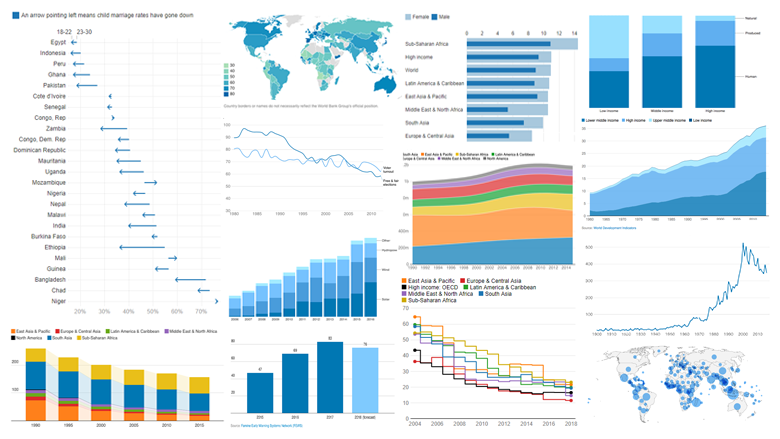Blue Zone – Living Longer and Better . . . an interesting method to bring in UNAgenda 21 policies . . .
Definition of a “Blue Zone”
Blue Zones are places with high concentrations of 100-year-olds along with clusters of people who have grown old without diseases like heart problems, obesity, cancer or diabetes (non- communicable diseases measured with objective health measures). People living in Blue Zones not only live longer lives, but live better lives filled with good health, meaning and love (Buettner, 2015).
National Geographic Fellow and freelance writer, Dan Buettner, coined the term after a decade-long study of these longevity hotspots across the globe. The Blue Zone team consisted of leading medical researchers, anthropologists, dietitians, demographers, and epidemiologists. His findings were documented in The Blue Zones Solution, which is analyzed in this paper.
The 5 Blue Zones include:
1. Ikaria, Greece
2. Okinawa, Japan
3. Ogliastra Region, Sardinia, Italy 4. Loma Linda, California
5. Nicoya Peninsula, Costa Rica
Definitions of Health and Livability Terms
Primarily due to the interdisciplinary nature of this research, I found it important to first focus on getting a clear understanding of key health and livability terms that were common in most of the public health readings. There is a disconnect between the jargon used in healthcare, planning and design with expectations from the author that these terms are just understood. It became necessary to understand these definitions and their relationships to each other before attempting to understand the larger research itself. These were the definitions found to be most useful for this particular research.
Human well-being and GDP:
Human well-being is generally the state of being comfortable, happy and healthy, but is a broad term that includes access to basic services, livelihoods, safety, security from disasters, “feeling well”, etc. In the conceptual framework, the constituents of well-being are materials, security, health, good social relations and enhancing human capabilities. GDP is the total value of the goods and services produced by the people of a nation during a year not including the value of income earned
7 Blue Zones
in foreign countries (Merriam-Webster). Both terms are connected because they measure the “health” of a certain sector of life, but GDP does not take into account the objective and subjective measures of human well-being and whether the people living in each country are healthy and happy with their lives. There is an interesting link between well-being and GDP shown in the Cantril Self Anchoring Survey (Cantril, 1965) in the World Happiness Report showing that often poor areas are categorized as low on life evaluation (suffering), while rich areas are often categorized as high (thriving) (Gallup, 2009). Some of the Blue Zones research shows otherwise and often middle income is the healthiest of all.
Objective and Subjective measures of Health and Well Being
Objective measures of health are direct measures of an individual or population such as blood pressure, life span or infant mortality rates. Subjective measures of well-being directly survey people on their assessment of their life and well-being typically through three types of surveys: life evaluation (think), emotional well-being (feel) or life satisfaction.



 Oria Adamo, 72 years old and the mayor of a small town in Central African Republic shows his ID card in the village of Ndu, Bas Uele province, Democratic Republic of the Congo where thousands fled after fleeing a surge in violence that began in May 2017. © Simon Lubuku/UNHCR
Oria Adamo, 72 years old and the mayor of a small town in Central African Republic shows his ID card in the village of Ndu, Bas Uele province, Democratic Republic of the Congo where thousands fled after fleeing a surge in violence that began in May 2017. © Simon Lubuku/UNHCR UNHCR staff member Winnie Mugisa is hard at work verifying Congolese refugees using the biometric equipment at Oruchinga settlement in Uganda. © Michele Sibiloni/UNHCR
UNHCR staff member Winnie Mugisa is hard at work verifying Congolese refugees using the biometric equipment at Oruchinga settlement in Uganda. © Michele Sibiloni/UNHCR Girl students using tablets pre-loaded with educational software at their Instant Network Schools (INS) classroom in Juba primary school, Dadaab. © Assadullah Nasrullah/UNHCR
Girl students using tablets pre-loaded with educational software at their Instant Network Schools (INS) classroom in Juba primary school, Dadaab. © Assadullah Nasrullah/UNHCR